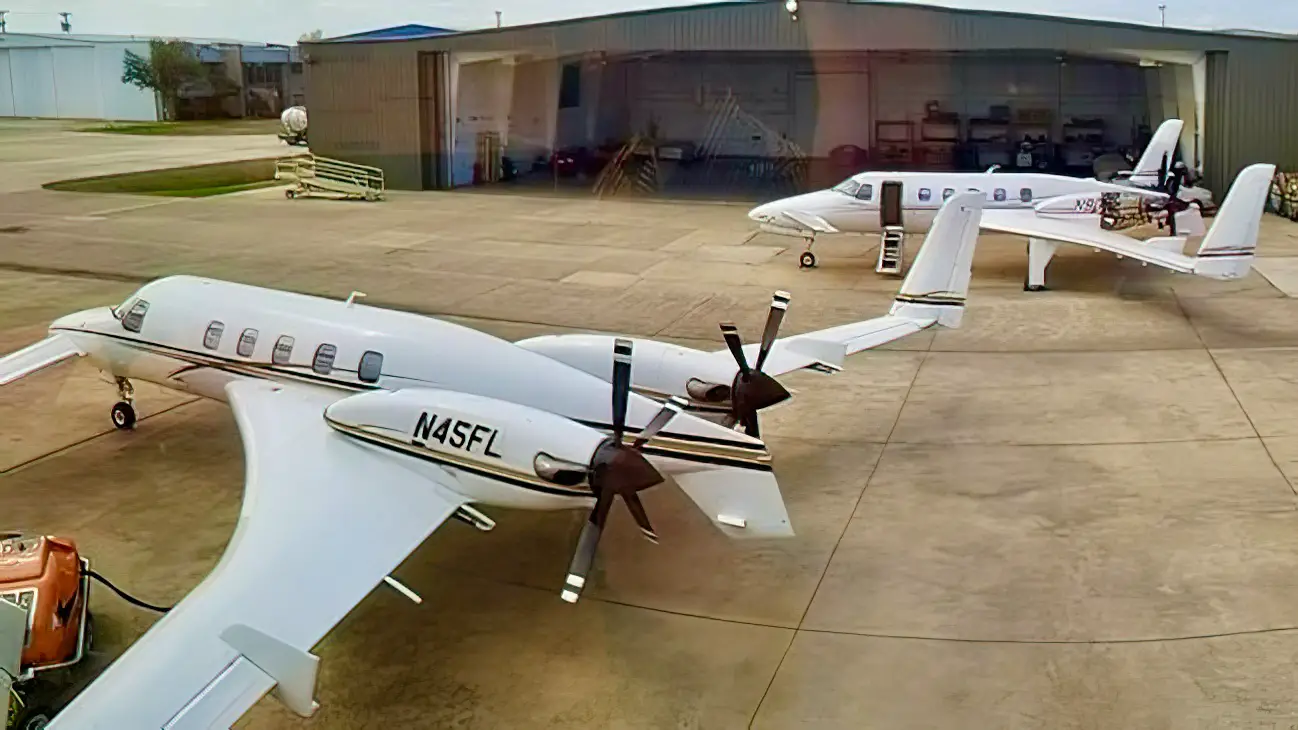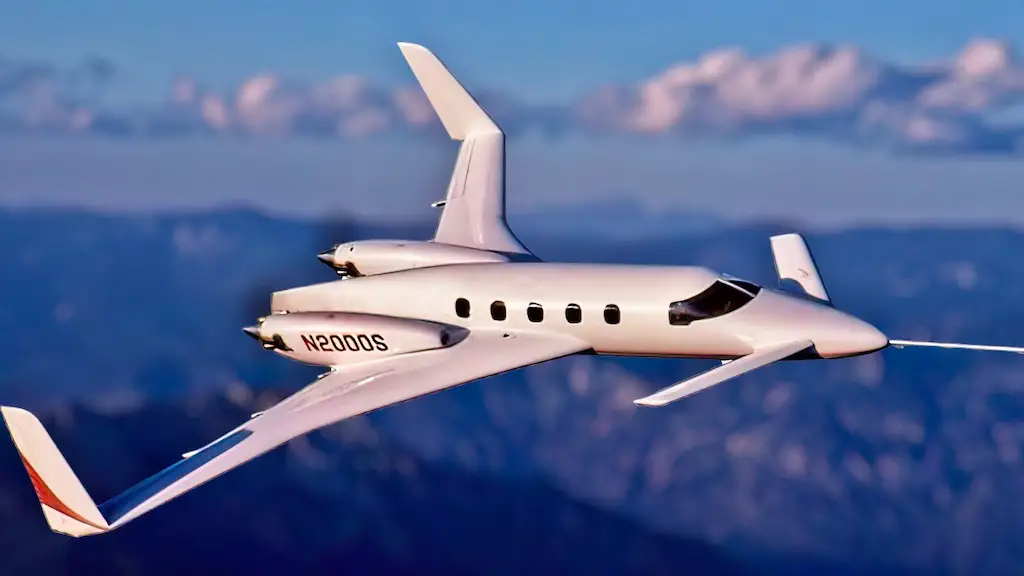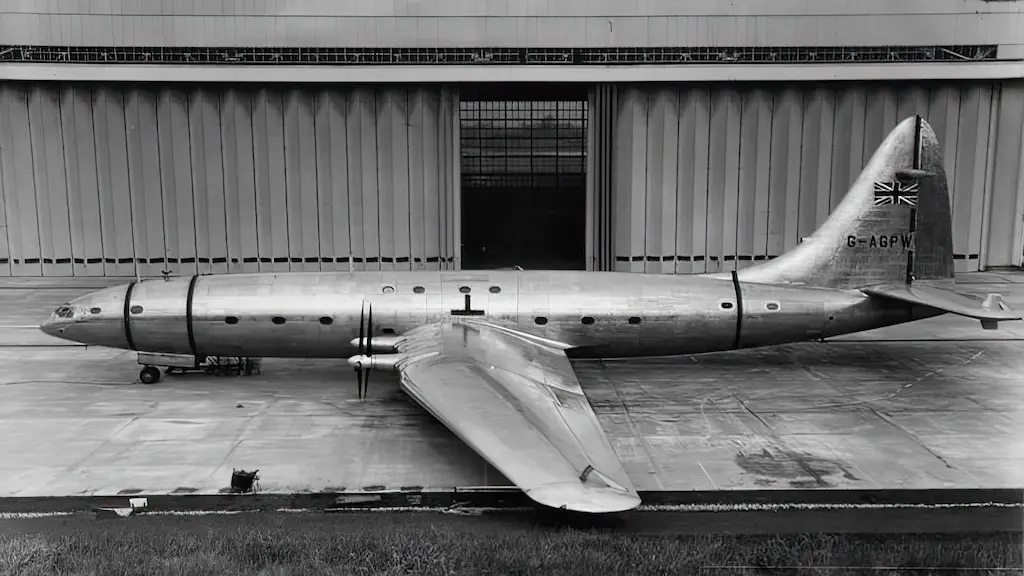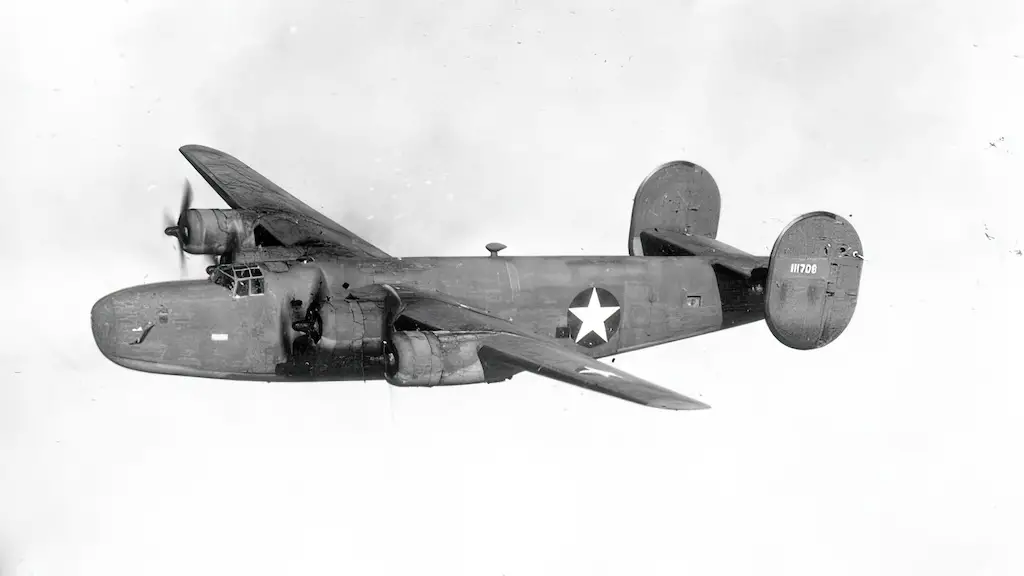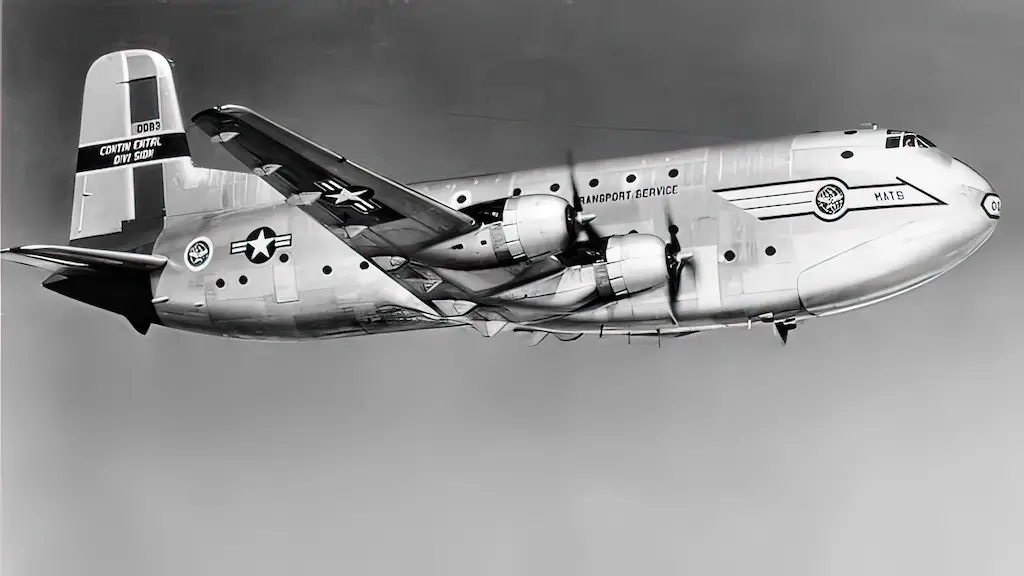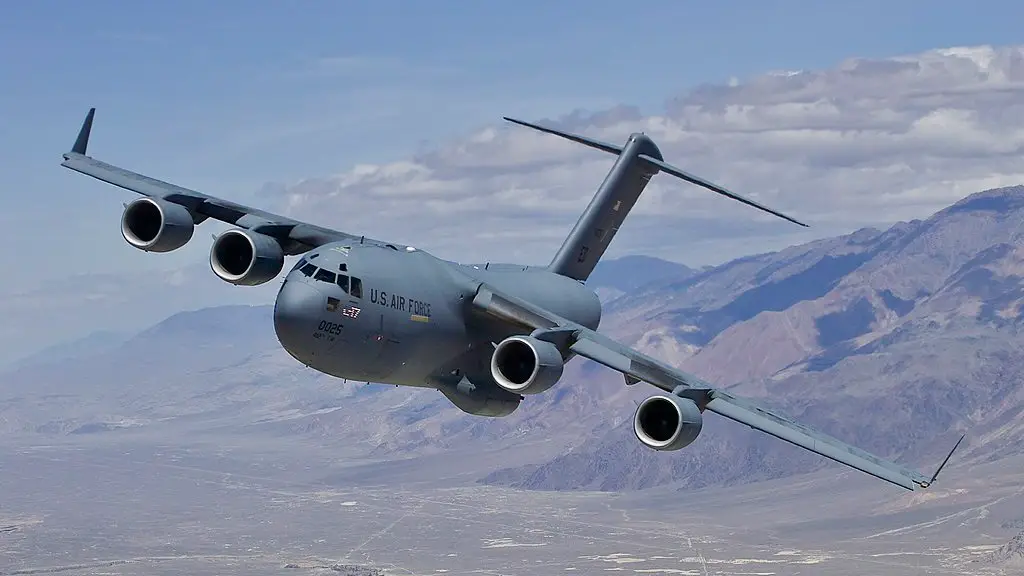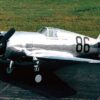In the 1980s Beechcraft designed, tested and put into production the most unconventional-looking business aircraft in the world, the Starship. A rare combination of canards, pusher propellers and tailless fuselage gave the aircraft extremely futuristic looks reminiscent of space adventure movies. Intricate engineering and the use of innovative composite materials also provided the Starship with great performance characteristics. Given all that, it was natural to expect that as soon as Beechcraft put the model on the market, movie stars, business tycoons and top executives from all over the world would line up to get themselves one of these flying marvels. However, in reality things turned out very differently for the Starship.
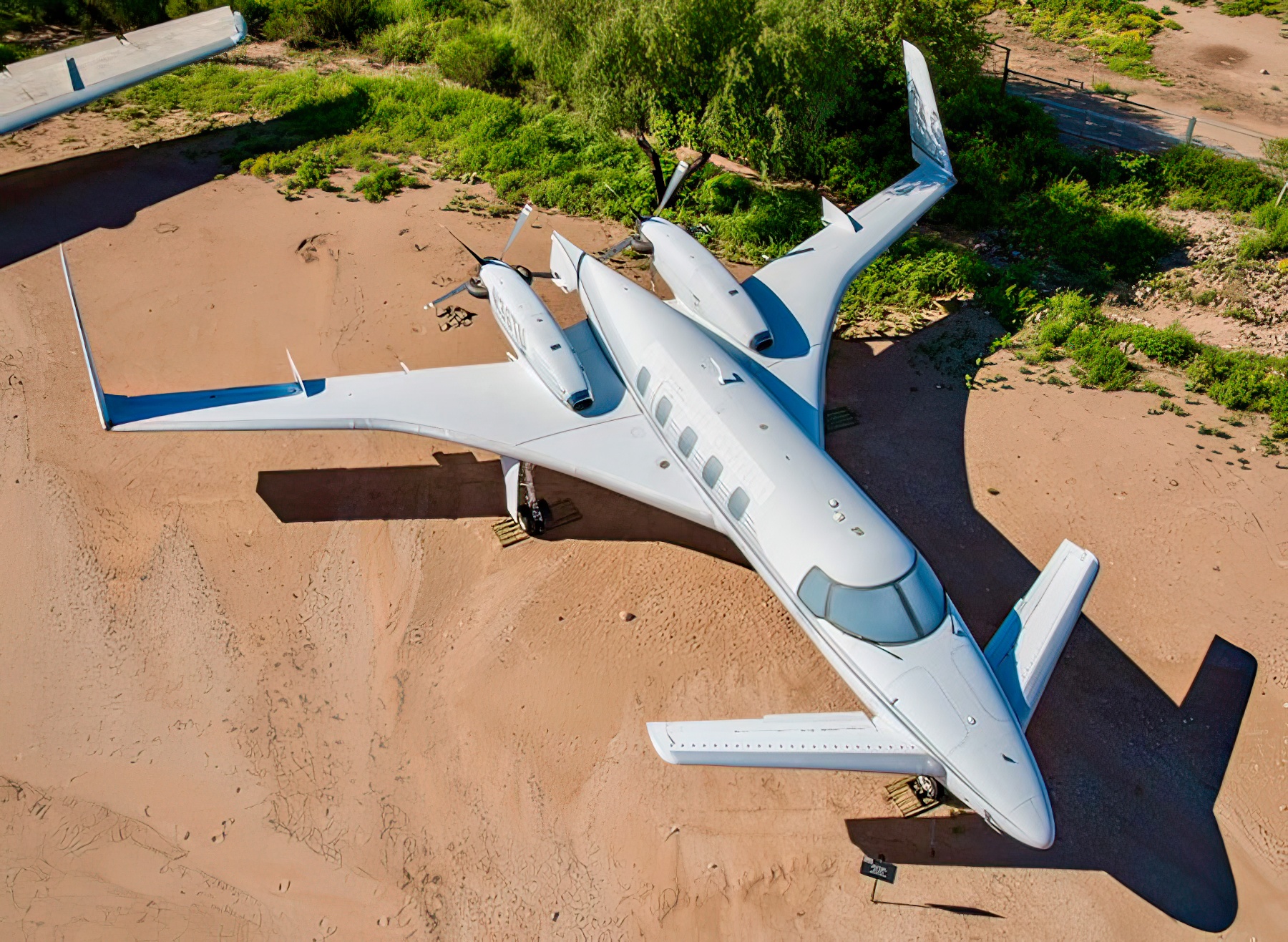
Nonstandard approach to control surfaces
Instead of a conventional tail unit the Starship had upturned fins fitted with rudders at the end of each wing for directional control. Beechcraft dubbed these verticals “tipsails.” Getting rid of the tail, Starship’s designers freed room for two Pratt & Whitney Canada PT6 turboprop engines driving pushers propellers. Thus, they were able to combine the use of turboprops with the typical business jet engine arrangement, in which power plants are located in the after part of the airframe to make the cabin quieter. The Starship also featured variable-sweep canards: at low speeds the foreplanes were swept four degrees forward and in cruise 30 degrees back.
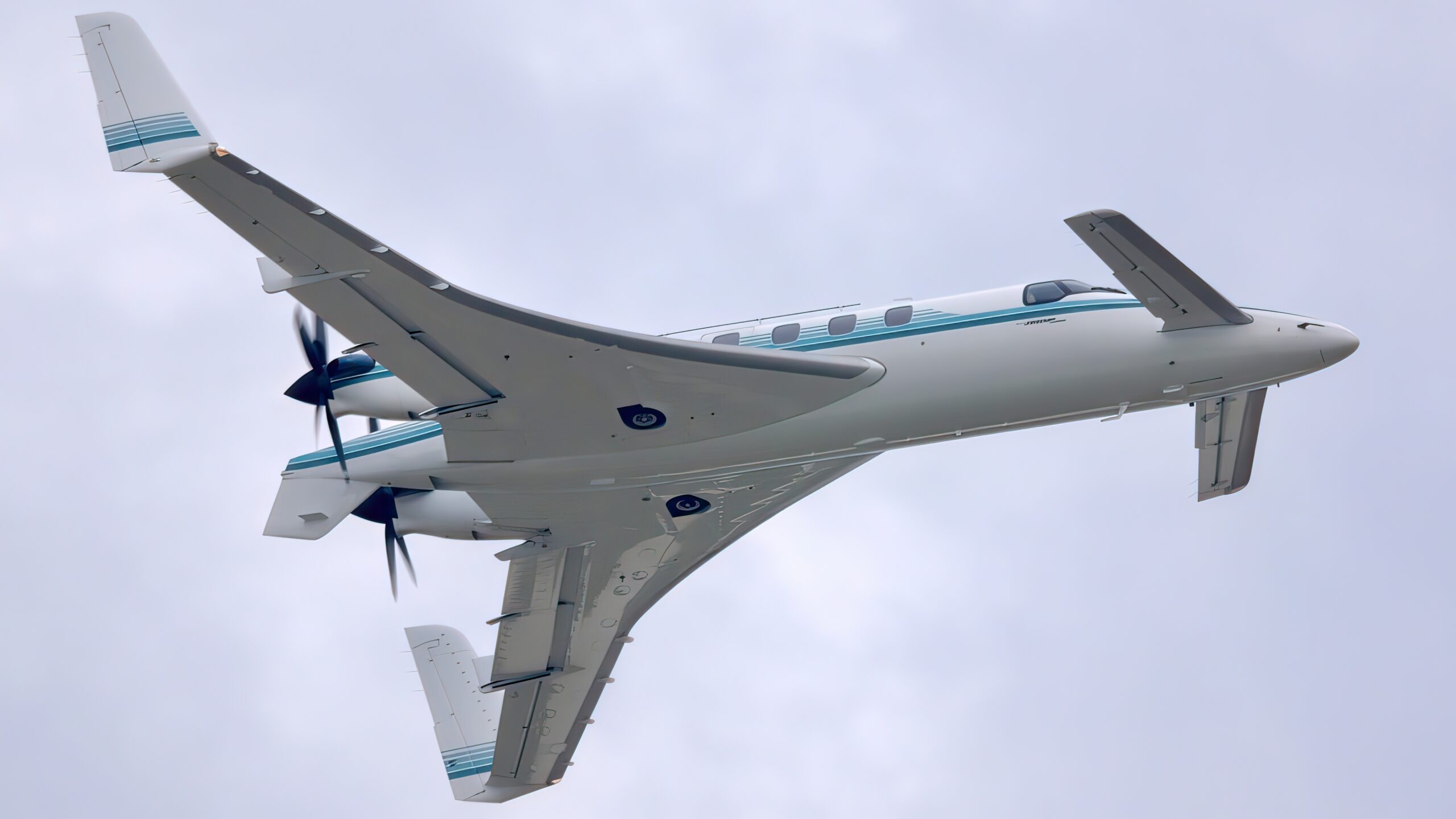
Civilian carbon fiber pioneer
The Starship employed a full composite construction previously unseen in civil aviation. In fact, Beechcraft involved in the development of the Starship famous American aeronautical engineer Burt Rutan and his company with a telling name Scaled Composites. Thanks to extensive use of composite materials, such as carbon graphite, Kevlar, and E-glass, the airframe had greater long-term structural stability and smaller weight than an identical aluminum construction would have had. The Starship’s wings were made of a sandwich of Nomex honeycomb, graphite epoxy and glass-reinforced plastic. Aluminum was only used only in the landing gear mountings and the tipsails.
Long and thorny development path
Beech Aircraft started working on the Starship project as early as 1979. In 1982, it entered into a contract with the Scaled Composites, and in August 1983, an 85%-sized prototype was flown by Burt Rutan. This was followed by three full-scale prototypes. In addition to the composite construction and unorthodox control surfaces the Starship featured a number of other innovative solutions, such as an all-glass cockpit with no steam gauges.
All these firsts made the development process extremely challenging and required painstaking engineering efforts from the team. Finally, the US Federal Aviation Administration certified the aircraft, and the first production Starship flew in April 1989. All in all, the Starship development program cost some $300 mln, but the resulting aircraft was a true masterpiece.
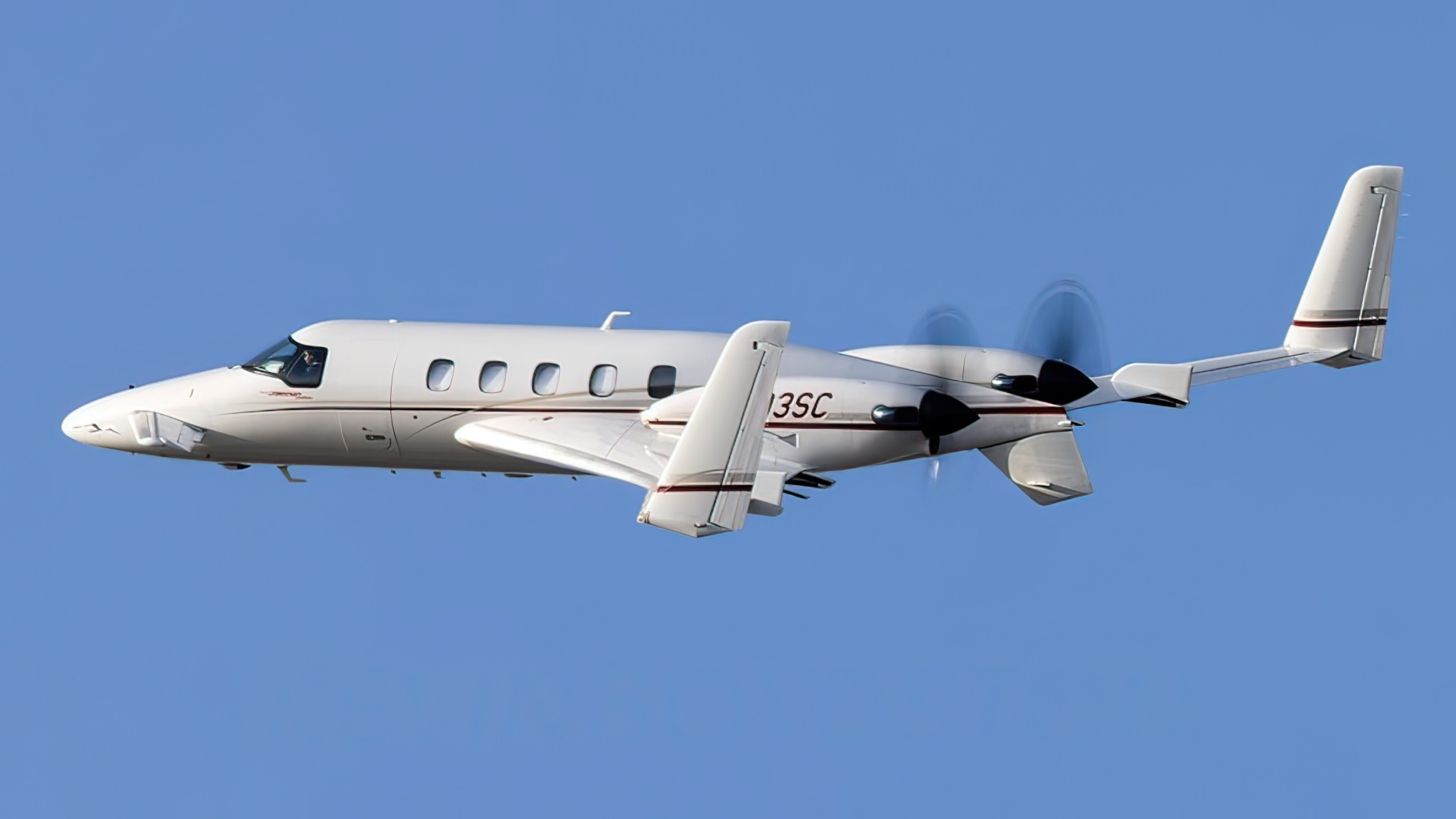
Just as thorny marketing path to a dead end
While being a bold an innovative design, the Starship also had all the standard features of a good business aircraft, such as a built-in air stair, reclining leather chairs for up to eight passengers, a drinks bar and washroom facilities. Still, despite all the quality, elegance and innovation, the Starship simply failed to take off as a commercial product.
Beechcraft manufactured 53 Starships and only a fraction of those were sold. Most of the Starships that went off the production line were leased by Beechcraft’s parent company Raytheon. And even those were in use only until 2003, when Raytheon decided that supporting the type just wasn’t feasible anymore. Only about four or five Starships were still flying as of the early 2020s.
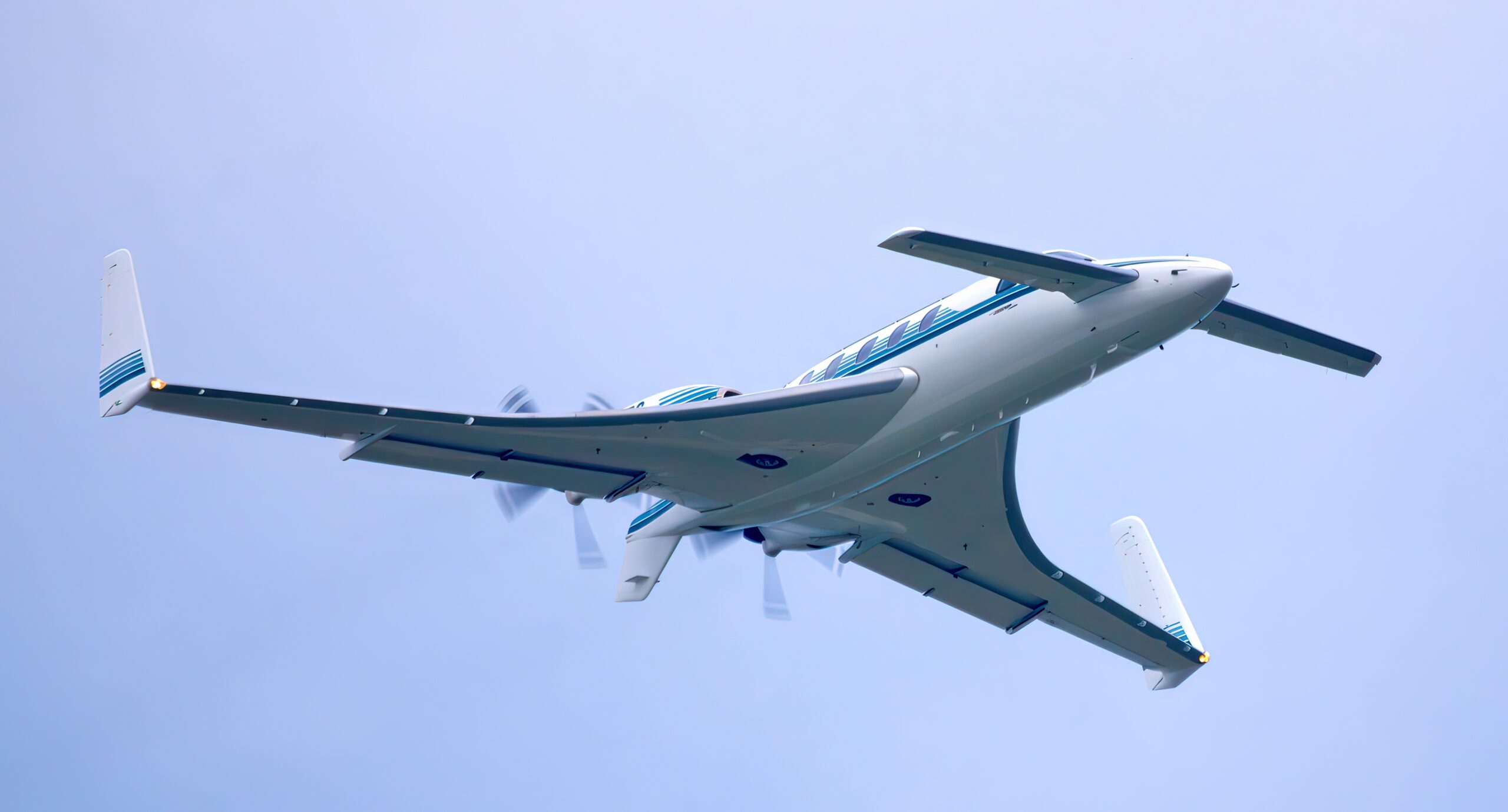
Downsides
To be fair, the Starship did have some objective downsides. For one, it had a rather limited range compared to many business jets: just 1,651 miles, meaning it wasn’t good enough for transoceanic or transcontinental flights. With a price tag of $3.9 million for the original Starship 2000 model and $4.7 million for the later 2000A variant, it wasn’t particularly cheap either. That was substantially higher than, say, Beechcraft’s King Air model in the same market segment.
However, it’s quite possible that the Starship was simply marketed at a wrong time. The design was just too revolutionary for its time. Potential customers were reluctant to buy such a novel aircraft, with sales further exacerbated by the 1989 economic recession. Maybe if Beechcraft had not ended the production run in 1995, the Starship would have sold much better in the following years, when customers had more money and more confidence in ever more widespread composite materials.
